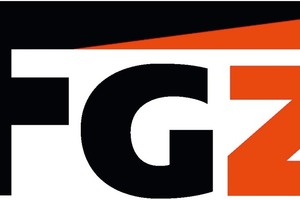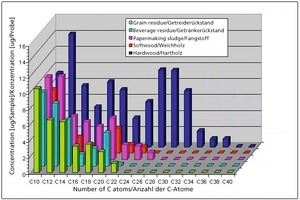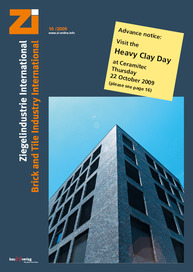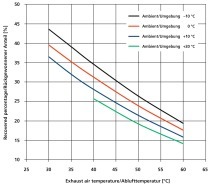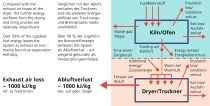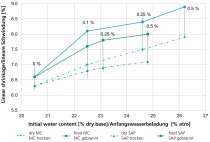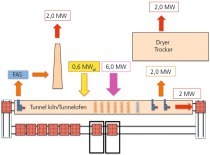1 Content
When green bricks undergo final firing on kiln cars in a tunnel kiln, hot exhaust gas heats them in a counterflow arrangement, with the gas cooling down at the same time. When the green bricks reach a temperature of 150° C ... 450 ° C, the organic porosification agents undergo quasi-pyrolysis, during which they give off low-temperature carbonization gases. These are organic carbon compounds that bleed out of the porosifiers and/or out of natural, organic constituents of the heavy clay materials as a result of pyrolysis. Depending on the temperature differential between the hot exhaust gas and the green bricks, part of the carbonization gases combust within the kiln. The uncombusted remainder moves on into cooler parts of the kiln and then into the exhaust system, where, depending on the temperature, condensation may occur, causing an accumulation of combustible material (= caking) on the flue walls and/or the exhaust fan and other internal components. Otherwise, the flue gas being drawn from the kiln is put through a downstream regenerative thermal oxidation process.
2 Purpose
The vaporization behaviour of energy-laden raw material compositions was investigated within the scope of this research project, the purpose of which was to investigate the condensation behaviour of flue gases from aerated production bodies as a function of porosification agent in order to identify ways and means of extensively preventing combustible caking.
A co-objective was to establish conditions conducive to post-combusting as much as possible of the organic material from the green product without condensation occurring in the flue gas system.
3 Procedure
The low-temperature carbonization behaviour of various raw materials, organic porosification agents and diverse mixtures of both was the subject of extensive experimentation. At the same time, the low-temperature carbonization gases were analysed by means of so-called simulated distillation, a familiar process in petroleum characterization.
4 Results
»1 shows by way of example the results of experiments involving a raw material mixed with different porosification agents. Obviously, the hydrocarbon compounds resulting from porosification with hardwood display the highest condensation temperatures.
As the results generally demonstrate, the composition of the low-temperature carbonization gases and, hence, their condensation potential in the exhaust channels are primarily dependent both on the employed basic raw material and on the heating rate. However, the decisive factor for the prevention of combustible caking in the exhaust gas system is the nature of the porosification agents and of the escaping low-temperature carbonization gases and resultant hydrocarbon compounds with different condensation temperatures. Due to the high condensation temperatures of the various occurring hydrocarbon compounds, combustible caking can never be fully prevented, but it can be reduced by way of high flue gas temperatures.
This project was conducted by the Research Alliance of the Brick and Tile Industry Regd (FGZ). Under project number AiF 14838 N, it was promoted by BMWi via the German Federation of Industrial Research Associations „Otto von Guericke“ Regd (AiF) and implemented by the Brick and Tile Research Institute Essen Regd (IZF).
The purpose of the research project was achieved.
Against a handling fee, the 52-page final report is available from the Research Alliance of the Brick and Tile Industry Regd (FGZ) in Berlin.

